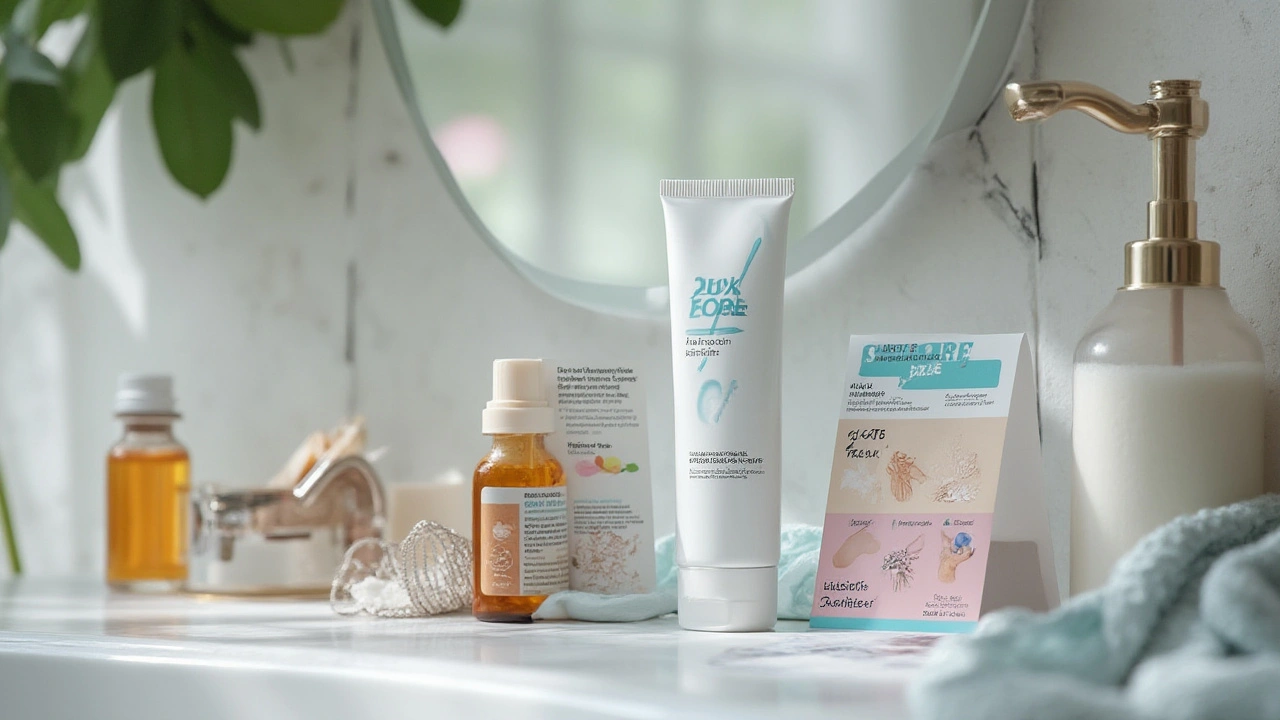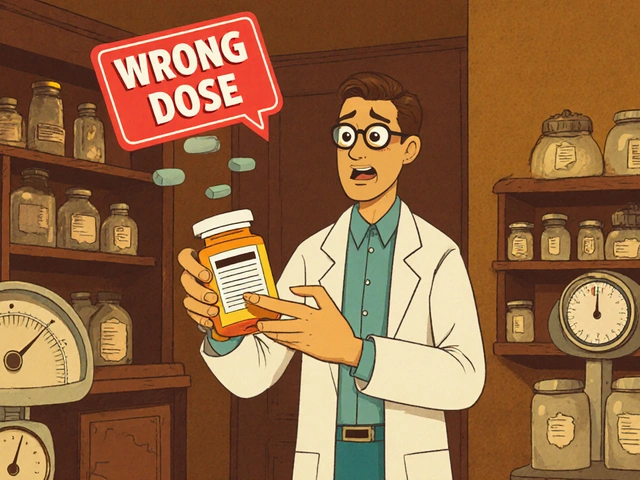Corticosteroid Cream: What It Is and How to Use It
If your skin feels itchy, red, or swollen, chances are a corticosteroid cream could help. These creams contain a mild steroid that calms inflammation and eases itching. Think of them as a fast‑acting fire extinguisher for skin flare‑ups. You’ll see them on eczema, psoriasis, allergic rashes, and even after minor burns.
When to Use Corticosteroid Cream
Use a steroid cream when over‑the‑counter moisturizers aren’t cutting it. Typical signs include a well‑defined red patch, a hive‑like bump, or a scaly area that won’t improve in a few days. Doctors often prescribe strength levels—low (1%), medium (2–5%), and high (above 5%). For most everyday rashes, a low‑strength cream like hydrocortisone 1% is enough. Save the stronger options for stubborn spots that haven’t responded to milder treatment.
Don’t slap a steroid cream on open wounds, fungal infections, or acne that’s caused by bacteria. Those conditions need different meds, and using a steroid could make things worse. If you’re unsure, a quick chat with a pharmacist or doctor can clear it up.
Choosing the Right Product and Staying Safe
When you’re ready to buy, look for products that list the steroid name and strength clearly—hydrocortisone, betamethasone, clobetasol, etc. Low‑strength options are available without a prescription in many countries, but higher‑strength creams usually need a doctor’s note.
Apply a thin layer to the affected area once or twice a day, unless your doctor says otherwise. Rubbing it in gently is enough; you don’t need to massage hard. Avoid using it on large body areas for long periods—this can thin the skin or cause stretch marks.
Watch out for side effects like skin thinning, easy bruising, or a rash that looks different from the original problem. If you notice any of these, stop using the cream and get professional advice. Most people use steroid creams safely when they follow the instructions.
Buying online? Stick to reputable pharmacies that require a prescription for strong creams and show clear contact info. Cheap, shady sites might sell fake products that won’t work or could be harmful.
In short, corticosteroid creams are a handy tool for quick skin relief when used correctly. Know your rash, pick the right strength, follow the dosing guide, and keep an eye on your skin’s reaction. With those steps, you’ll get the soothing benefits without the unnecessary risks.
Aristocort: Uses, Effects, and Helpful Tips for Safe Corticosteroid Treatment
Unlock the facts about Aristocort cream: what it treats, how it works, tips for safe use, real risks, and key stats you should know before starting any corticosteroid.





